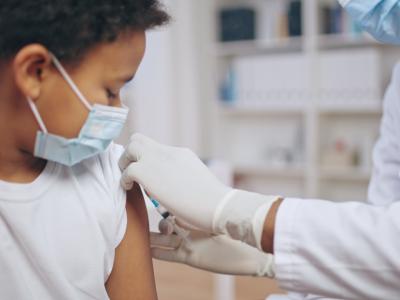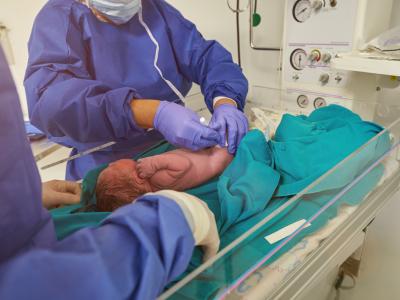
Yesterday an unvaccinated adult in Bell County, Texas, located in the central part of the state, became the county's first measles case.
The route of exposure is unknown, and county health officials said they are investigating any potential community exposures, including identifying whether the person recently traveled internationally or domestically.
Also yesterday, officials from San Juan County, New Mexico, reported that county's first measles case, and today shared more details. The case-patient is a child under 4 years who had received one measles, mumps, and rubella vaccine dose. The child had also recently traveled on a domestic flight.
This is the second US case in which a traveler was likely infected on a domestic flight, as opposed to an international one. Earlier this week an adult from Minnesota was confirmed to have measles after being exposed during domestic airline travel outside of Minnesota.
Three new cases in Kansas
Finally, today Kansas confirmed three more measles cases, raising the state's total to 71 as of June 2. Of the 71 cases, 69 are part of an outbreak in the southwestern part of the state, which has been linked to the West Texas outbreak first identified in January.
The three new cases were identified in Pawnee County, which recently reported its first case.

.jpg)











